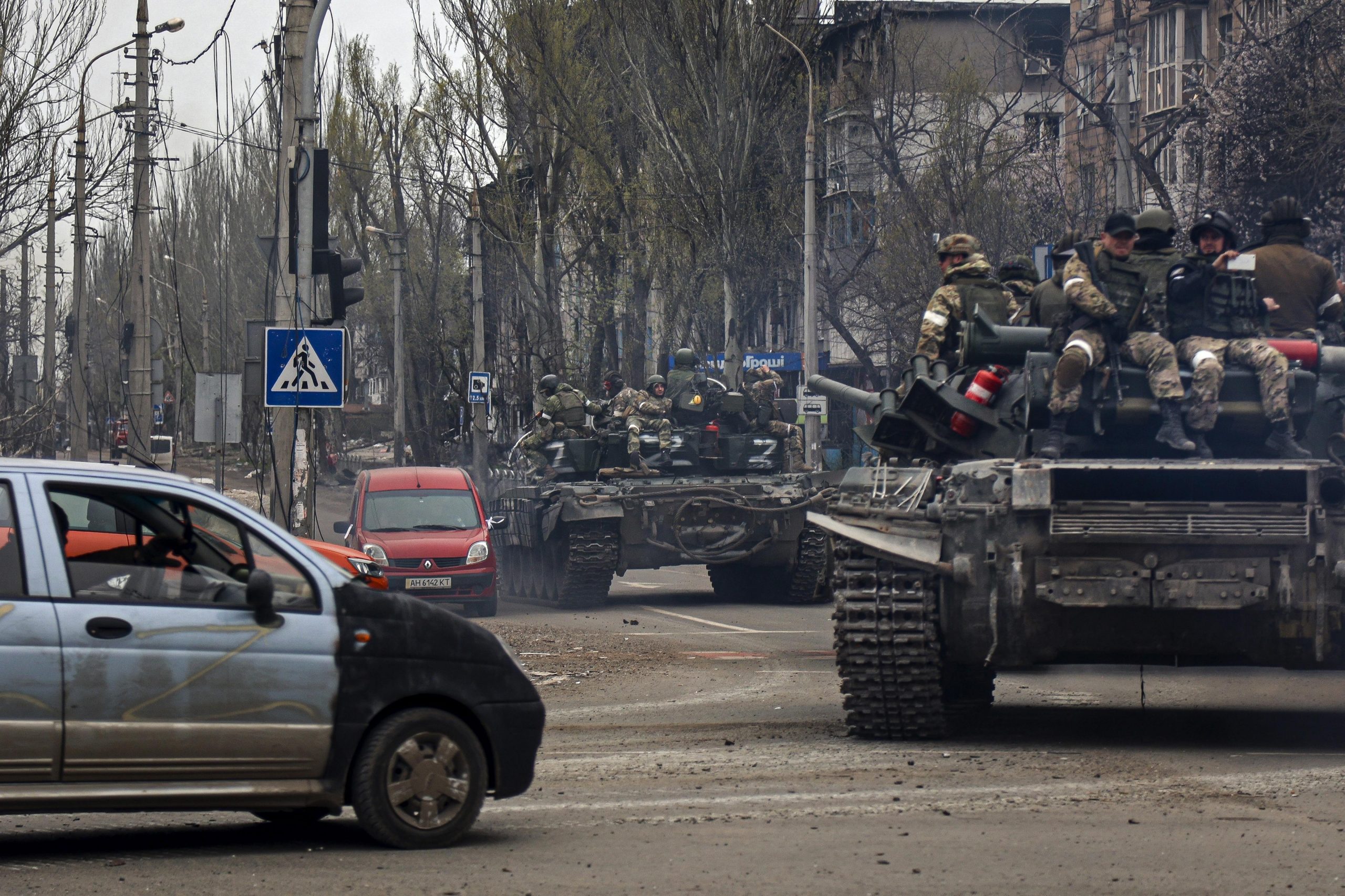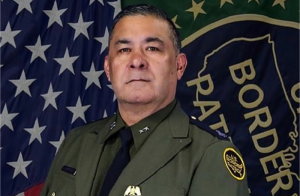A commander inside the besieged city of Mariupol’s Azovstal steel complex told CNN about the plant’s persistent bombardment, where hundreds of Ukrainian military and civilians have been trapped for weeks.
Sviatoslav Palamar of the Azov Regiment said that the Azovstal plant was heavily shelled last night by both ships and planes.
“At the same time they shell us from the ground,” he said. There had also been efforts to storm the Ukrainian-controlled region, he claimed, but they had been thwarted.
Also read: Why ‘Battle for Donbas’ holds key to Russia-Ukraine conflict
“On one side, the (Russians) had declared the silence and non-fighting mode, but on the parallel (at the same time) with infantry and equipment they try to storm the territory of the factory,” he said in his conversation with CNN.
Russian President Vladimir Putin urged his defence minister last week in Moscow that the plant should be sealed off but not assaulted, and that anyone who chose to surrender should be treated in accordance with international standards.
According to Palamar, there were many wounded combatants and more than 500 soldiers who required assurances that their lives would be saved.
“We also have civilians that will be killed if they storm the factory,” he said.
Palamar said that a wounded shelter at the plant was shelled on Thursday morning.
Also read: Former US Marine killed fighting alongside Ukraine forces, claim relatives
“It’s very hard to provide medical help to our guys, because our surgical room was destroyed where the remaining medicine and surgical equipment was stored,” he told CNN.
When asked if the Ukrainian troops still within Azovstal were willing to surrender, Palamar replied, “We do not think about any scenarios of giving up. We only see it possible through a guarantee of third party politicians, leaders, possibly the United States, the United Kingdom, Israel or Turkey, a guarantee that would allow every soldier to leave in safety.”
“We are ready to leave this territory because it is very hard and complicated to hold here with our personal weapons. We’re ready for extraction, possibly extraction to the territory of a third country but with our weapons in our hands,” he continued.
Also read: Ukraine reclaims Ruska Lozova village near Kharkiv from Russian forces
According to Palamar, there was not much food or water left for the plant’s defenders. He stated that they had a limited supply of ammunition. “We don’t have the possibility to destroy the aircraft and vessels that are shelling us,” he said.
Even so, he insisted, “We do not consider giving up or the conditions of giving up. We only consider guarantees of leaving the territory of the plant. If there is no other choice left but giving up, we won’t give up.”
The military in the plant, according to Palamar, wanted people who were sheltering there to be removed.
“We asked for evacuation of the civilians. We’re talking to the whole world since March that international politicians or organization guarantee the safe extraction of civilians to Ukrainian territory. So if being asked whether we are ready for civilians to leave from here, we are not only ready but we ask that the civilians are saved first of all,” he told CNN.
Also read: Russia confirms ‘high-precision’ airstrike on Kyiv during UN’s Guterres’ visit
Speaking about the Ukrainian government’s plan to evacuate citizens stranded in the plant, which was set to put into force on Friday, Palamar said he was aware of such a convoy coming to Mariupol but couldn’t say much more for security reasons.
“We count on the Red Cross and the organizations that are heading here to take our heavily wounded first of all, because they need to be treated, they need to get help,” he said.
Palamar stated that the soldiers and civilians were in separate areas of the Azovstal site. They were in cellars and bunkers, although several had been injured.
“There are cellars and bunkers that we cannot reach because they are under rubble. We do not know whether the people there are alive or not. There are children aged four months to 16 years. But there are people trapped in places that you can’t get to,” he told CNN.







